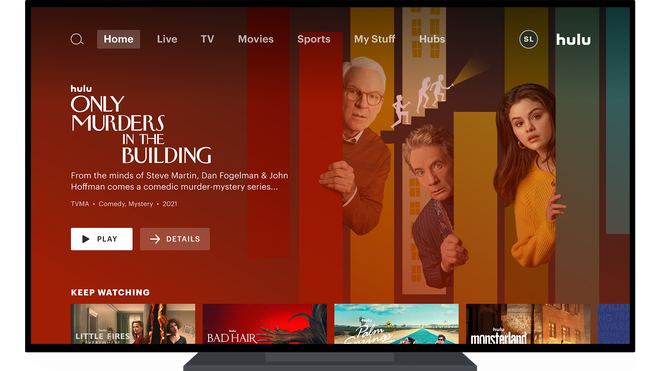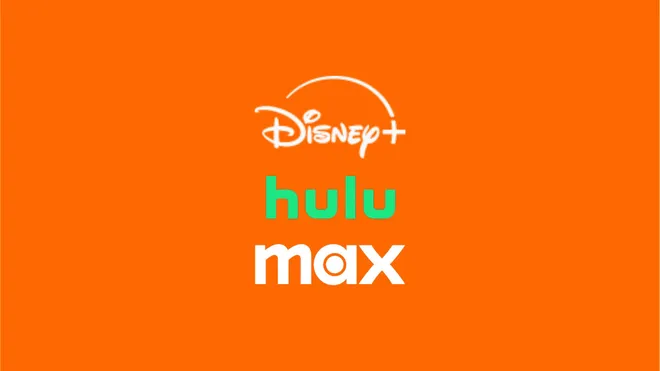Here's why all your streaming services cost a small fortune now
Remember when cutting the cable cord and switching to streaming services was supposed to save you money?
We're quite a few years into the streaming revolution, in which big companies and Hollywood studios invested billions into new streaming services, many with a plus sign in their names. We're talking about Netflix, Disney+, Apple TV+, Paramount+, Peacock, Max, Hulu and Amazon Prime Video, plus smaller niche brands like Shudder and Acorn TV. Traditional broadcast networks and some cable channels are still making new shows, but if you're looking for the most Emmy-nominated, high-profile series with the biggest stars attached, you've got to start your internet connection.

It's all well and good if you like binge-watching, but have you checked your monthly subscription bills lately? Because those charges for Peacock and Disney+ might be quite a bit higher than they were when you signed up.
When platforms like Disney+ and Apple TV+ first arrived, they offered bargain-basement prices for monthly subscriptions to lure consumers into the fold before increasing rates. Since paying for "Bluey" and "Ted Lasso" is already a line item on your budget, you may have missed that fees have been slowly (and sometimes quickly) increasing at almost every service. You want Hulu, and you want it without ads? Well, that will run you a steep $18.99 a month by October, after the latest hike on all Disney services takes effect. Back when ad-free Hulu was introduced in 2015, it cost only $11.99.
Just take a look at the current and upcoming prices of all the major streamers, bundles and new sports-only app Venu, expected this month.
Need a break? Play the USA TODAY Daily Crossword Puzzle.
So everything's more expensive. That must mean all the streamers are better than ever, right? Well, in a lot of cases the number of new shows a year has fallen since peak streaming in 2019 and 2020. But why have companies been able to charge us more for their content while simultaneously canceling some of our favorite shows and cutting back on new ones?
Streamers like Netflix want you to watch ads
The answer, of course, is all in the money. "Streamflation," as some have dubbed it, is part of the general inflation of consumer goods that has been plaguing the U.S. economy. But for the entertainment industry, it's more than that. For years, streaming was seen by consumers as a cheaper alternative to cable and a potential cash cow by media companies. Then, in 2022, Netflix saw a drop in subscribers that sent the entire industry into a tailspin that resulted in layoffs, cost-cutting moves, consumer price increases, bundling and ad-supported tiers on services that had claimed they'd never have commercial breaks but now needed an extra source of revenue.
So as part of that mad scramble − after they realized there are only so many people who might want to subscribe to a streaming service − Netflix and its competitors have raised prices, especially on ad-free tiers. The reason? To push you into cheaper, ad-supported options, which makes sense only when you consider that the more eyeballs they get on their content, the higher the rates they can charge advertisers.

It's all about the bundle
The high prices on individual services mark another strategy shift to encourage consumers to sign up for bundles, like the Disney and Hulu bundle and even those combining rivals, like the Max/Disney+/Hulu bundle or Comcast's Xfinity Streamsaver, which combines Peacock, Netflix and Apple TV+. When you can get ad-free Disney+ with your Hulu for just $1 more than ad-free Hulu alone, why wouldn't you go for it? It's the Supersize Me of streaming content.
Research tells streamers that bundle subscribers are much less likely to cancel services than those who opt for stand-alone services, a costly pattern known as "churn" that requires marketing dollars to replace them.

What's next for streaming? More bundles, ads and higher prices
I've got bad news for you if you're not into ads, bundles or shelling out more cash for fewer shows: These business trends aren't going anywhere. Even if some people are canceling in response, not everyone will.
"Consumer tolerance for price increases varies widely. Typically, around 30% to 40% of subscribers may consider canceling their subscriptions in response to a price hike," says Catalina Skramstad, senior VP of marketing and partnerships at streaming analytics firm NPAW.
They're retaining enough subscribers and (some services are) making enough revenue that Wall Street has been happier since these strategies have been deployed, and everybody likes to jump on the bandwagon. We're likely to see more services bundled together, more price increases, and increased emphasis on ad-supported tiers (such as on Amazon, where regular subscribers suddenly found themselves watching ads unless they opted to pay more). This is the new status quo in the streaming world.
That is, until the next boom or bust changes everything again.
Disclaimer: The copyright of this article belongs to the original author. Reposting this article is solely for the purpose of information dissemination and does not constitute any investment advice. If there is any infringement, please contact us immediately. We will make corrections or deletions as necessary. Thank you.







